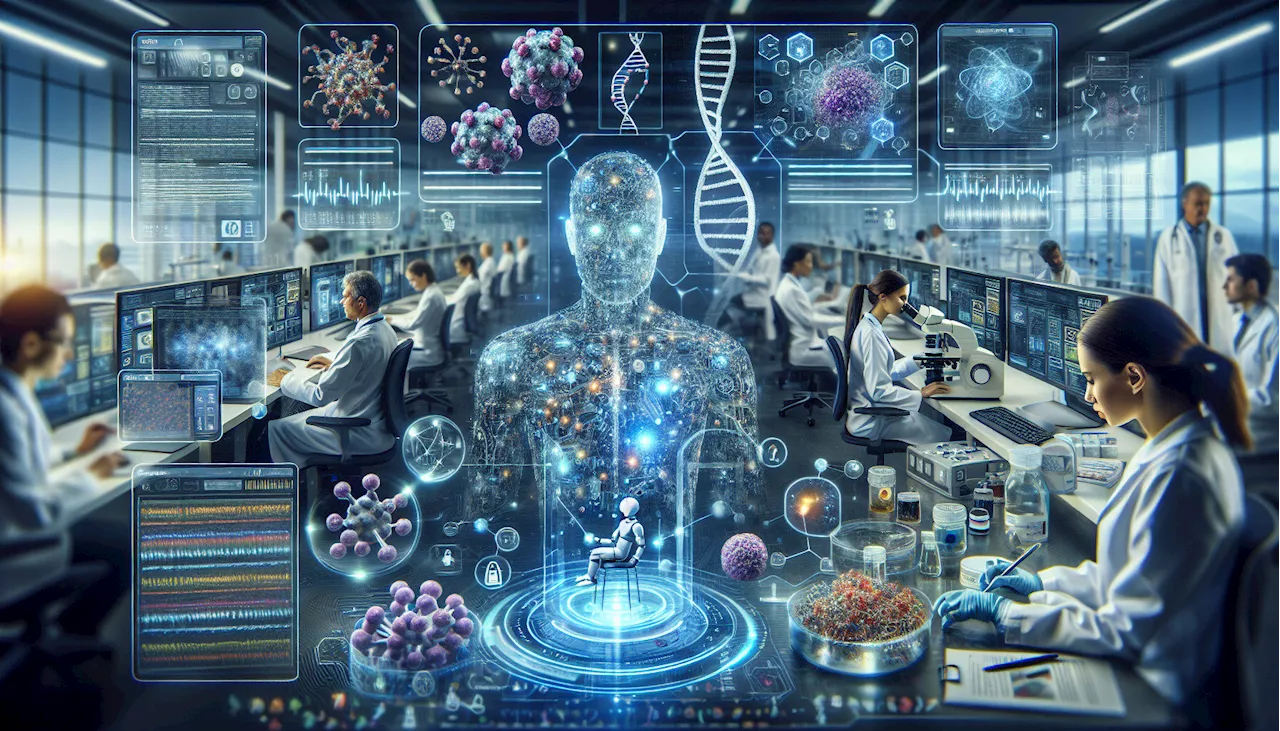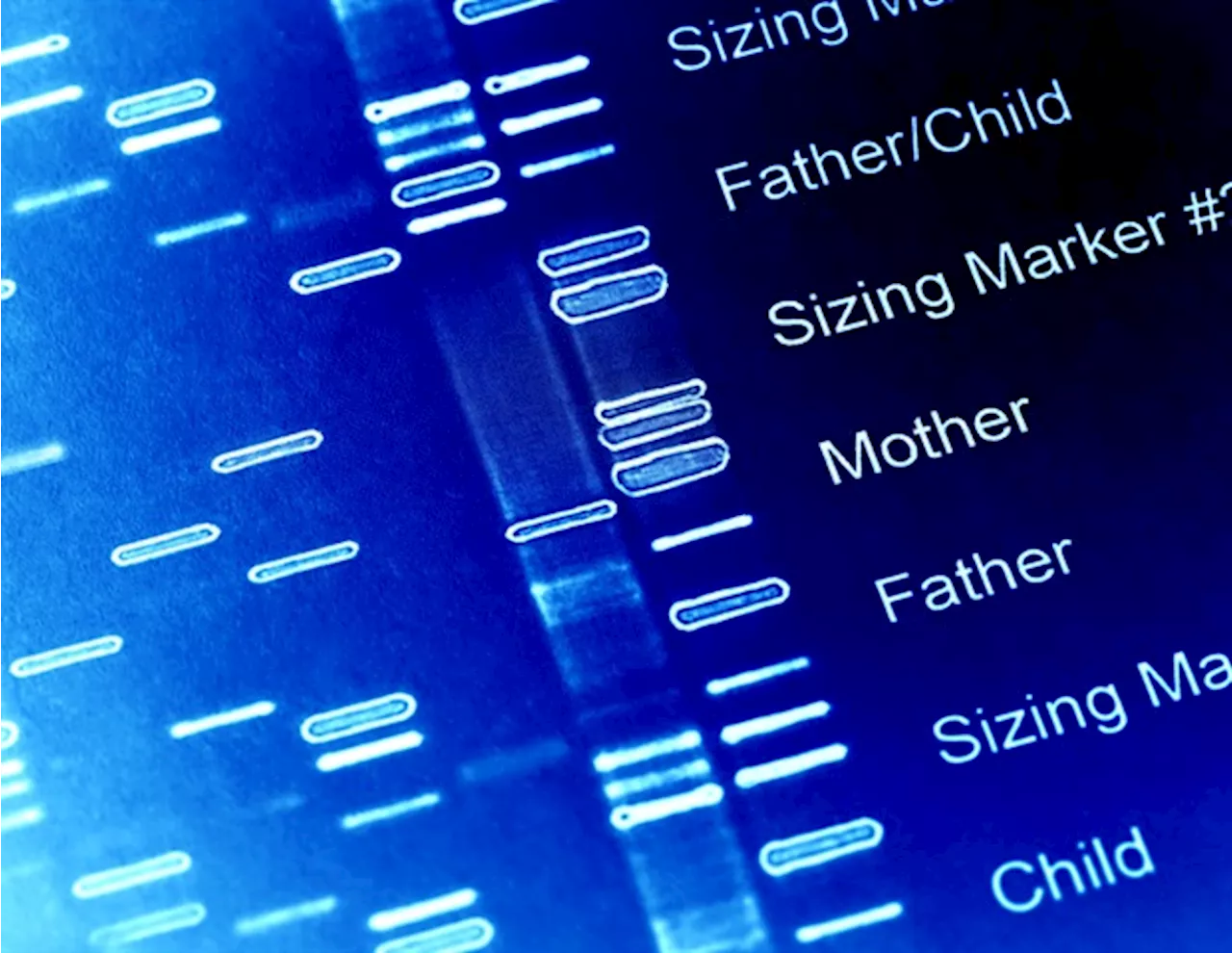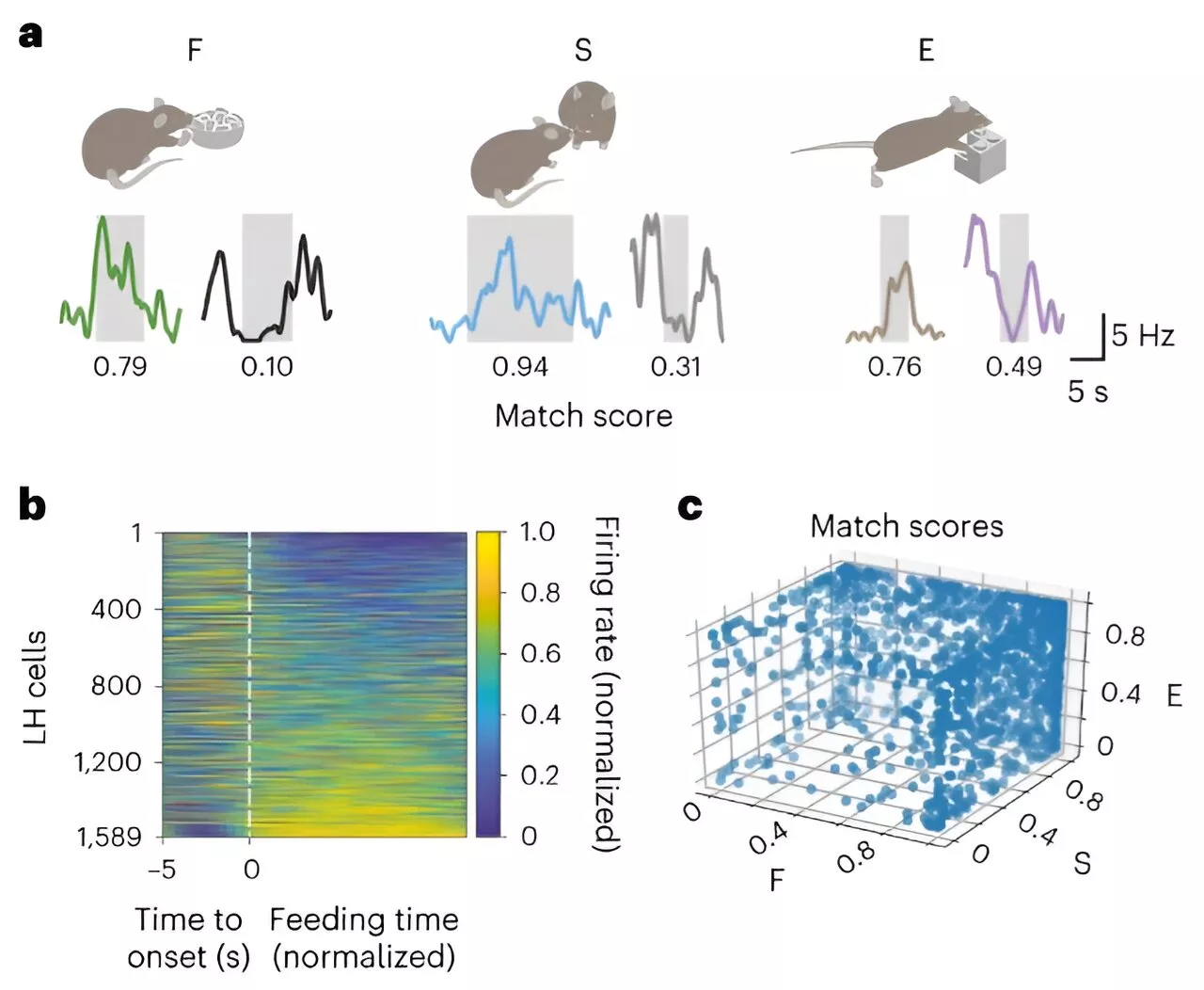The role of resident tissue macrophages (RTMs) in homeostasis and disease.
By Tarun Sai LomteApr 17 2024Reviewed by Lily Ramsey, LLM A recent study published in Science Immunology summarized the role of resident tissue macrophages in homeostasis and disease.
Recently, exploring RTM subsets to functional, developmental, and spatial levels has become feasible, helping identify mechanisms of tissue homeostasis. However, inflammation or disease markedly impacts their differentiation. During such disturbance, the differentiation of HSC-derived monocytes skews toward pro-reparative, tumor-supportive, or pro-inflammatory phenotypes, differing from that of steady-state RTMs.
Coexistence of RTM subsets within tissues Historically, it has been believed that organs and tissues are populated by unique tissue-specific RTMs during homeostasis, such as Langerhans cells in the skin, alveolar macrophages in the lungs, Kupffer cells in the liver, and microglia in the brain. Of the conserved PVM subsets, T cell immunoglobulin and mucin domain containing 4 PVMs emerge during embryogenesis in multiple organs and are characterized by low levels of major histocompatibility complex II and high levels of TIM4, folate receptor beta , lymphatic vessel endothelial hyaluronan receptor 1 , and cluster of differentiation 206 .
Microglia secrete growth factors critical for synapse formation. Additionally, they survey the brain microenvironment and modulate neuronal activity through synaptic engulfment and pruning. Besides, lung TIM4+ PVMs may be involved in wound healing, while the MHCII+ counterparts may be involved in antigen presentation and immune activation.
RTM dysregulation and disease It is established that HSC-derived iMacs are linked to chronic inflammatory diseases. This chronicity is thought to be due to ongoing inflammation leading to tissue function loss. Likewise, dysregulation of heart TIM4+ PVMs exacerbates fibrosis following cardiac infarction. Loss of RTM’s core homeostatic functions may impact cancer development.
Cancer Cell Chronic Fibrosis Heart Immunity Immunology Inflammation Labor Macrophage Microglia Nervous System Neurons Phagocytes Phenotype Protein Receptor Tumor
Australia Latest News, Australia Headlines
Similar News:You can also read news stories similar to this one that we have collected from other news sources.
 More than Mediterranean: Exploring and acknowledging the benefits of diverse cultural and nutritional heritagesHow traditional diets followed by African, Asian, and Latin American communities are associated with diet quality and health.
More than Mediterranean: Exploring and acknowledging the benefits of diverse cultural and nutritional heritagesHow traditional diets followed by African, Asian, and Latin American communities are associated with diet quality and health.
Read more »
 Exploring Fallout Easter Eggs in the New TV AdaptationA closer look at the first two episodes of the Fallout TV adaptation, highlighting notable moments and Easter eggs for fans to discuss.
Exploring Fallout Easter Eggs in the New TV AdaptationA closer look at the first two episodes of the Fallout TV adaptation, highlighting notable moments and Easter eggs for fans to discuss.
Read more »
 Exploring the role of artificial intelligence in early cancer detectionTwo new review articles in AI in Precision Oncology explore the role of artificial intelligence (AI) in early cancer detection. A primer provides an overview of AI, and the second review examines the promising clinical applications of AI in early cancer detection.
Exploring the role of artificial intelligence in early cancer detectionTwo new review articles in AI in Precision Oncology explore the role of artificial intelligence (AI) in early cancer detection. A primer provides an overview of AI, and the second review examines the promising clinical applications of AI in early cancer detection.
Read more »
 Exploring how gene variants affect brain cells in children with severe epilepsyEpilepsy is a brain disorder that causes recurring seizures.
Exploring how gene variants affect brain cells in children with severe epilepsyEpilepsy is a brain disorder that causes recurring seizures.
Read more »
 Eating, socializing or exploring: How the brain switches between different behaviorsHow does our brain switch between different behaviors? A new study has now provided the first answers to this key question in neuroscience. Using mice, the researchers investigated electrical activity in a certain area within the brain. Results were then analyzed with the help of an adaptive computer algorithm.
Eating, socializing or exploring: How the brain switches between different behaviorsHow does our brain switch between different behaviors? A new study has now provided the first answers to this key question in neuroscience. Using mice, the researchers investigated electrical activity in a certain area within the brain. Results were then analyzed with the help of an adaptive computer algorithm.
Read more »
 Precision unveiled: Exploring the cutting-edge of analytical weighing with Cubis® II ultra-high resolution balancesThis interview explores the cutting edge of analytical weighting with Cubis® II ultra-high resolution balances.
Precision unveiled: Exploring the cutting-edge of analytical weighing with Cubis® II ultra-high resolution balancesThis interview explores the cutting edge of analytical weighting with Cubis® II ultra-high resolution balances.
Read more »
